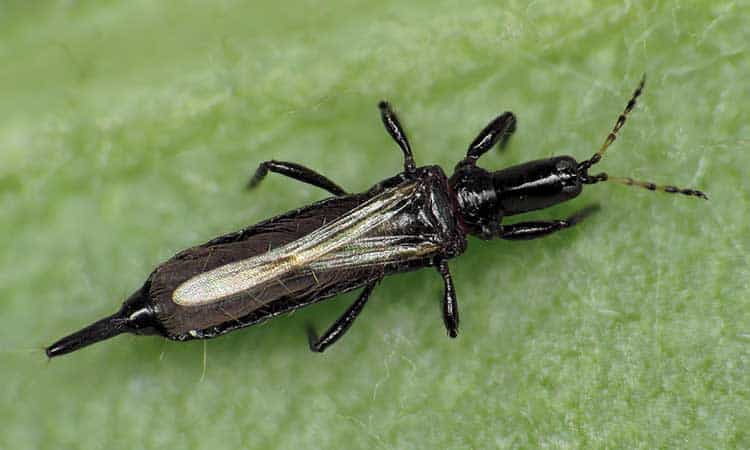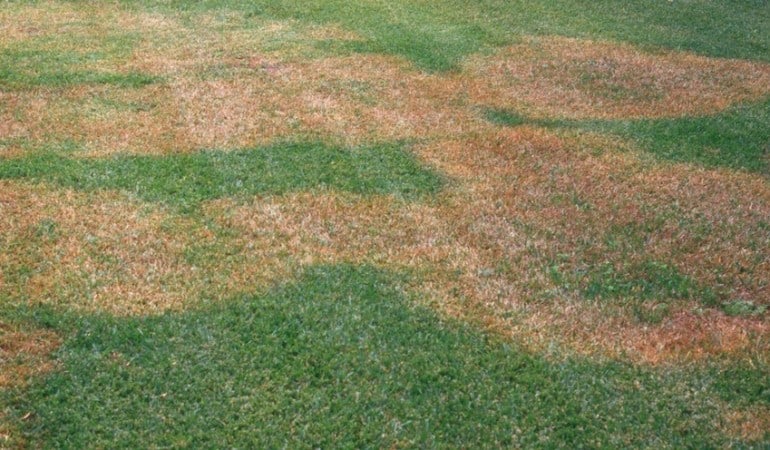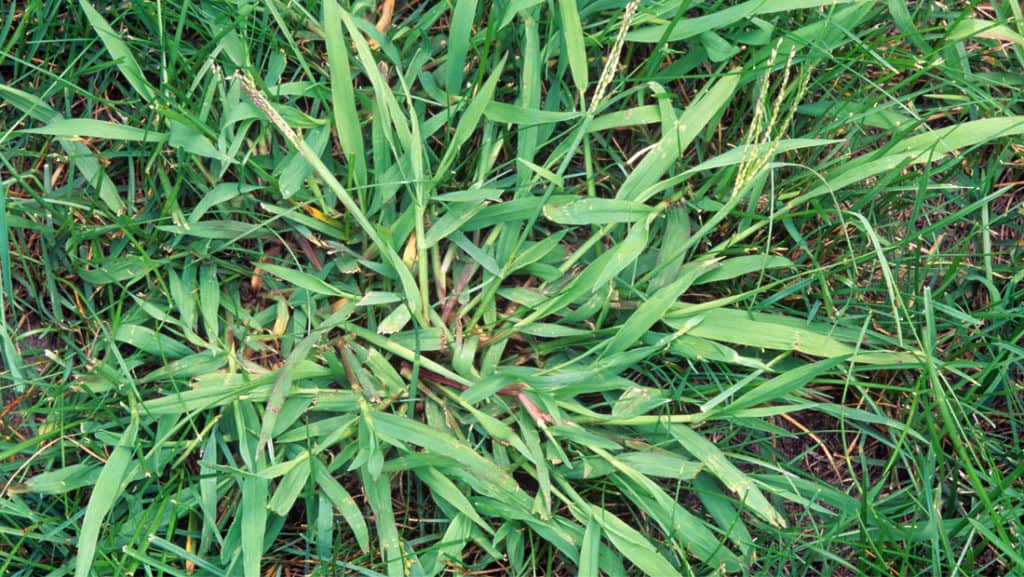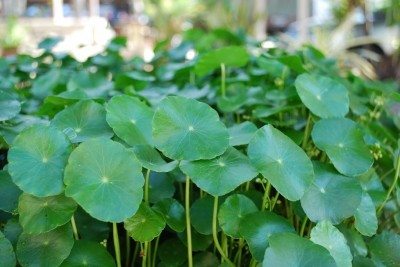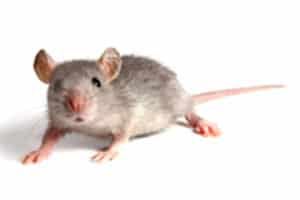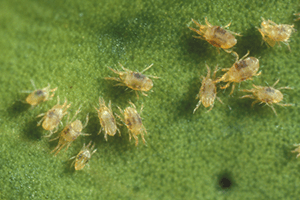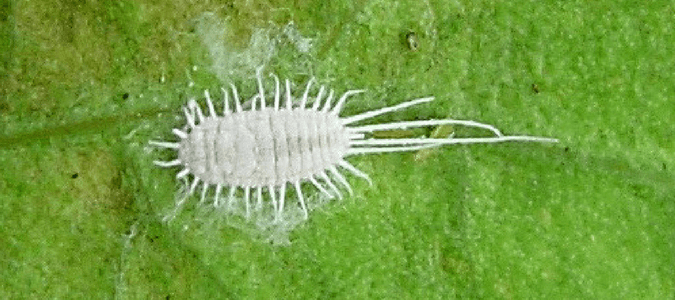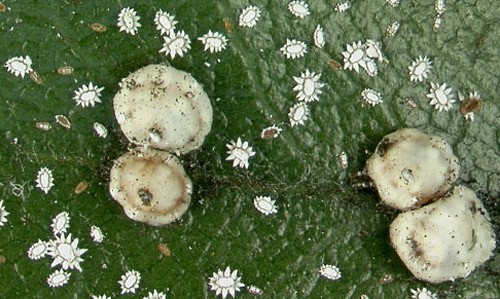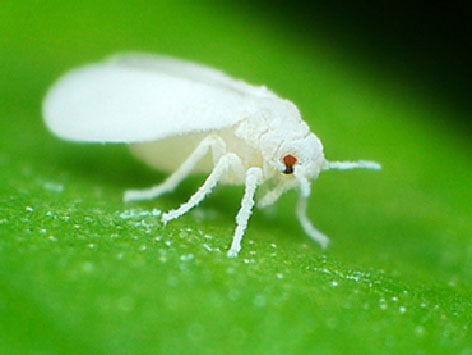Lethal Bronzing
Lethal Bronzing, previously called Texas Phoenix Palm Decline, is a relatively new bacterial disease (called a phytoplasma) that is causing significant palm losses in Florida. Symptoms are similar to lethal yellowing, but affect a much smaller number of palm species. The damaged vascular system of the palm leads to wilting, and eventually death. Affected species include Sabal…
Read MoreThrips
Thrips are are tiny insects that often go undetected but can cause serious problems in the garden. Both larval and adult thrips feed using a “punch and suck” technique. They can feed on leaves, buds, flowers, and even small fruit. Leaves infested with thrips dry out and have a stippled or silver-flecked appearance. You may…
Read MoreDisease/Fungus
Believe it or not, Fungus is also considered a pest. These diseases cause a lot of damage to our grasses and landscape plants. Fungus is usually caused by TOO MUCH MOISTURE. Too much water causes a rotting effect on plants & grasses. In SW Florida, combined rains, humidity and irrigation on our properties is a…
Read MoreGrassy Weeds
Did you know weeds are pests too? Unfortunately, grassy weeds are a part of our SW Florida landscape. Seeds lie and wait for the right conditions to germinate. These conditions may include weather, timing, turf stress, etc… Some grassy weeds, like Sedge, can be controlled with a weed program from Well’s Termite & Pest Control.…
Read MoreBroadleaf Weeds
It’s weed season year-round in SW Florida due to our unpredictable weather. They compete with our good grasses and make our lawns to awful. Broadleaf weeds, like Dollarweed, are caused by too much water, whether from our sprinklers or excessive rains. Other weed seeds are just waiting in the soil for the right conditions to…
Read MoreRodents
Rats and mice are important rodent pests entering Florida homes and warehouses for food and harborage. These rodents eat any kind of food that people eat. They also contaminate 10 times as much food as they eat, with urine, droppings and hair. They can carry at least 10 different kinds of diseases including Bubonic Plague,…
Read MoreSpider Mites
Spider mites are pests that can normally be found on common household plants. They like indoor plants and outdoor plants. Just like their name implies, they are a type of arachnid or spider. They are extremely small and can often be difficult to see with the human eye. Some reports state they are as small…
Read MoreMealyBugs
Mealybugs are insects in the family Pseudococcidae, unarmored scale insects found in moist, warm climates. Many species are considered pests as they feed on plant juices of greenhouse plants, house plants and subtropical trees and also act as a vector for several plant diseases. Mealybugs are sexually dimorphic: females appear as nymphs, exhibiting reduced morphology,…
Read MoreScale Insects
Scale insects are a diverse group of piercing-sucking pests (Hemiptera) commonly found on ornamental plants in landscapes and nurseries. They are small, inconspicuous insects which use hair-like mouth-parts to remove and consume plant sap from leaves or branches. There are over 180 species of scale insects in Florida, but only a small percentage are important…
Read MoreWhitefly (Including Rugose Spiraling & Ficus)
Whiteflies are a common pest of many ornamental plants throughout Florida and the world. There are more than 1,500 species worldwide and over 75 reported in Florida. Some of the most important species in Florida are the ficus whitefly, and the citrus whitefly. Although infestation does not always require treatment, it is important to be…
Read More
